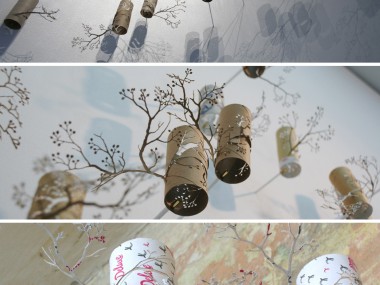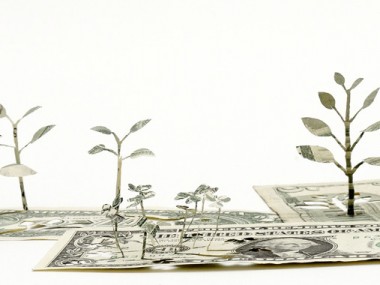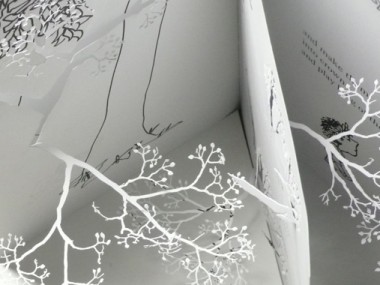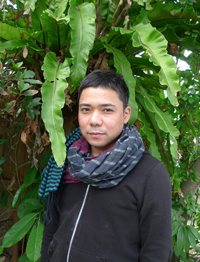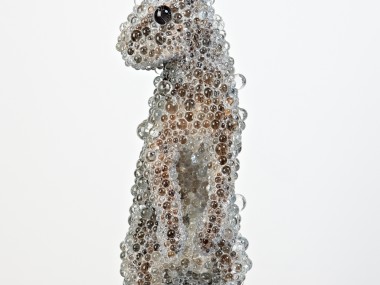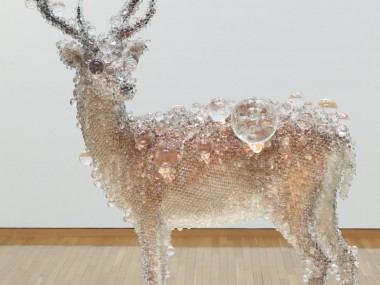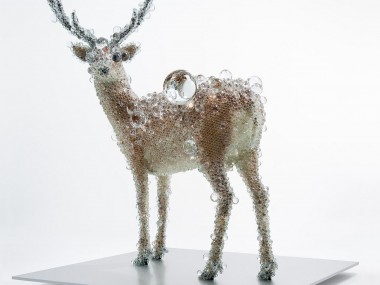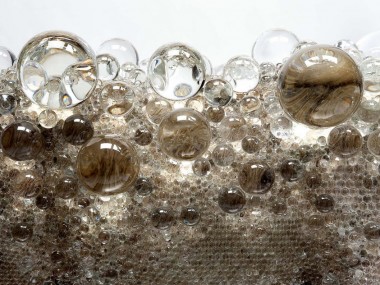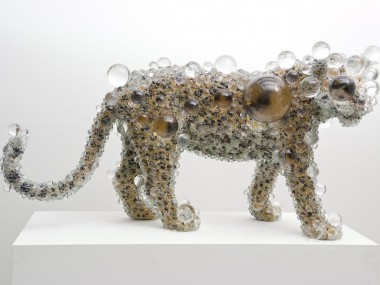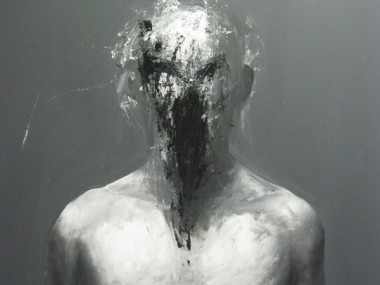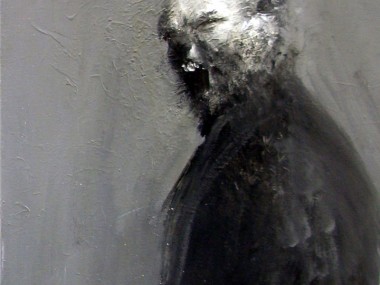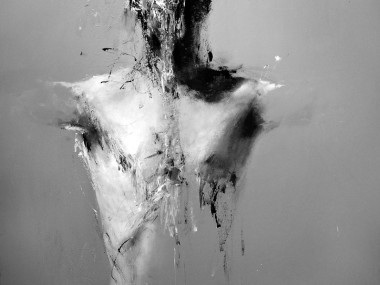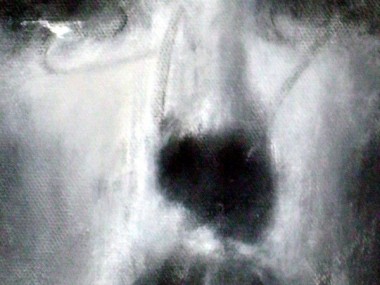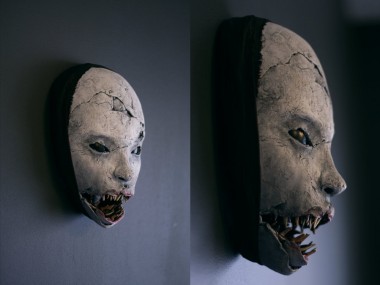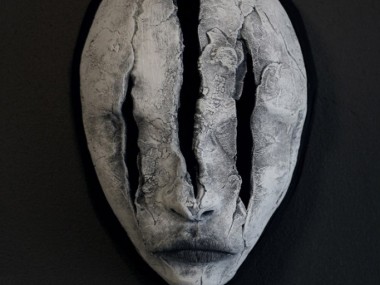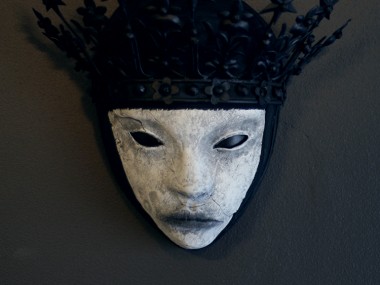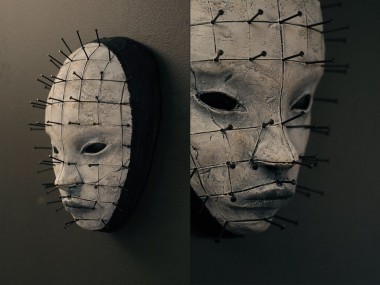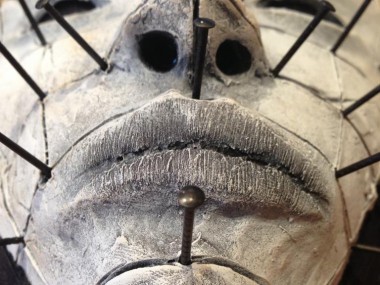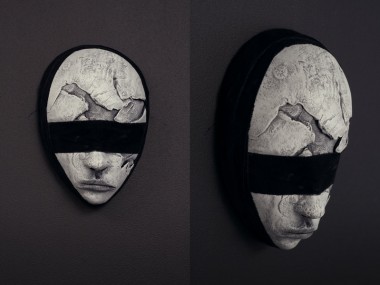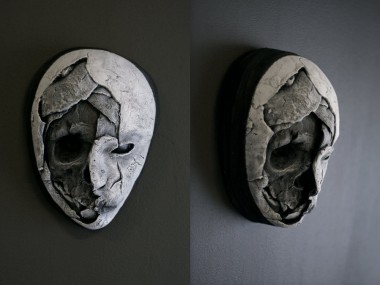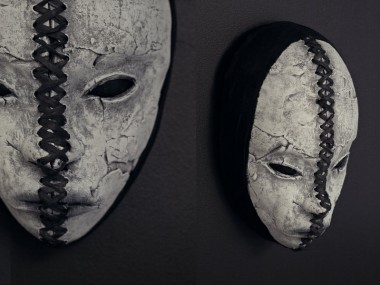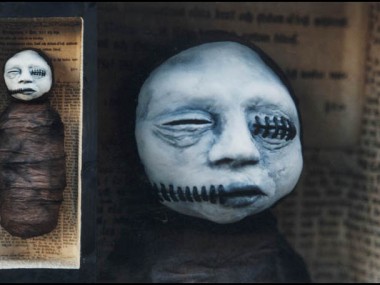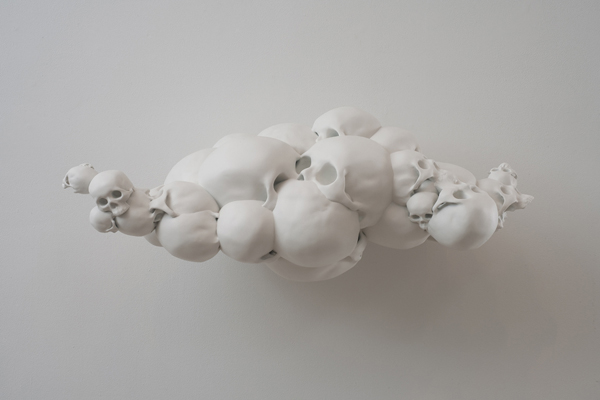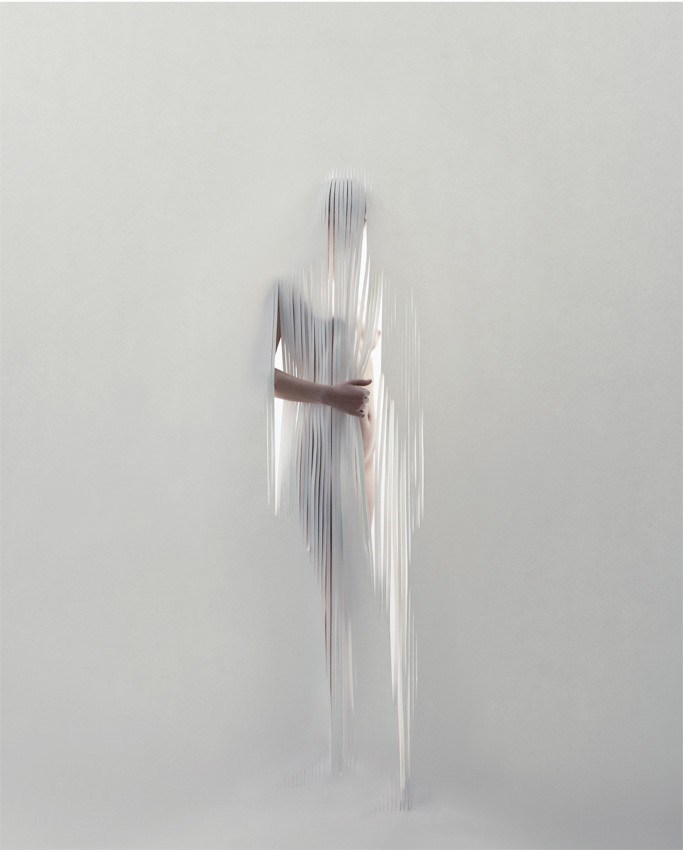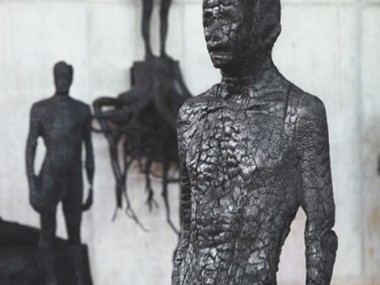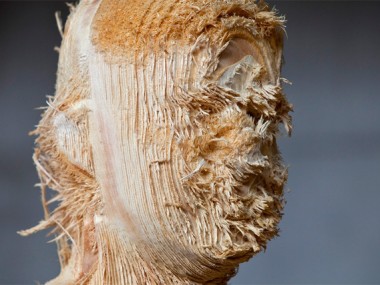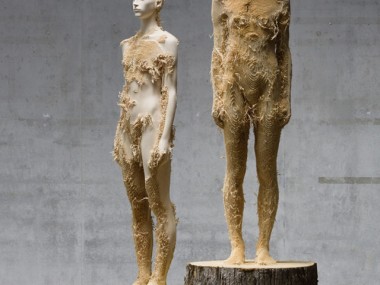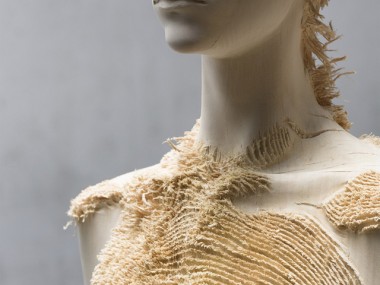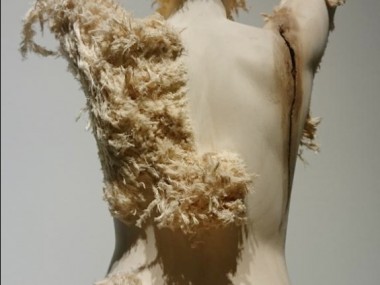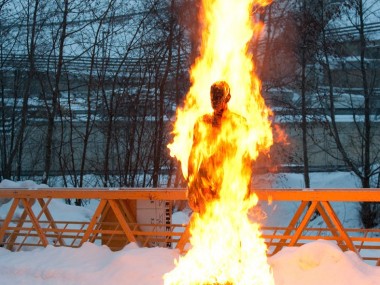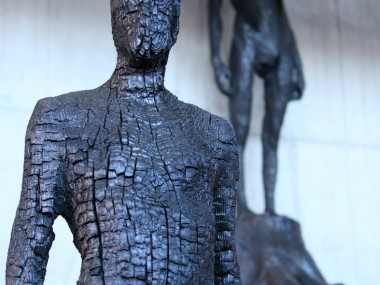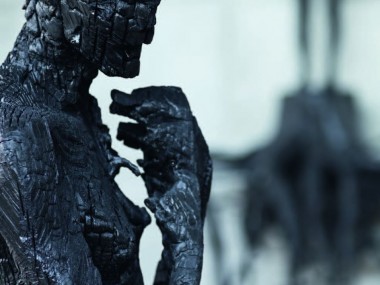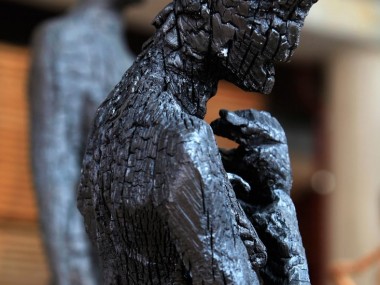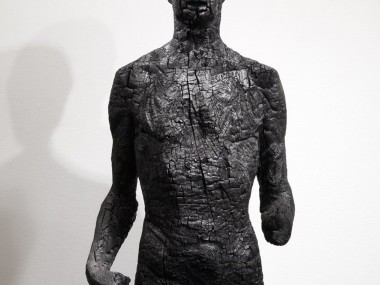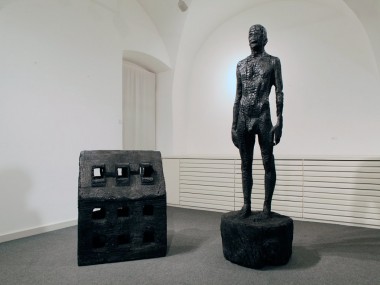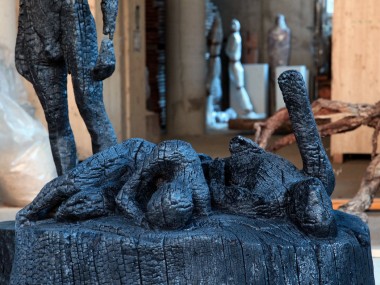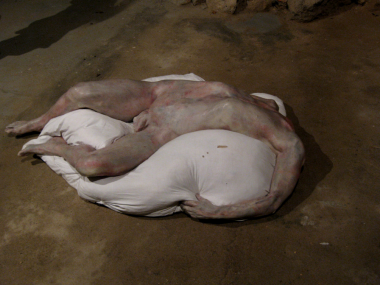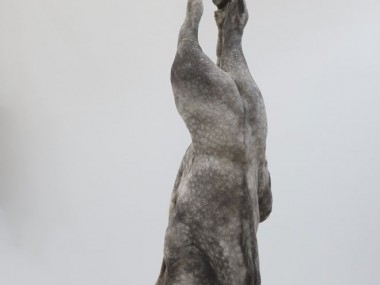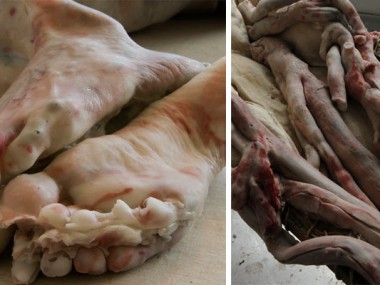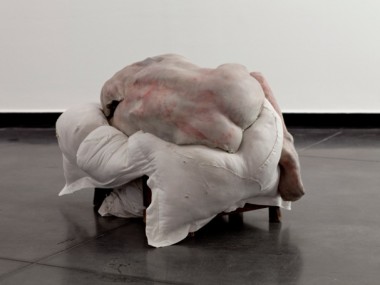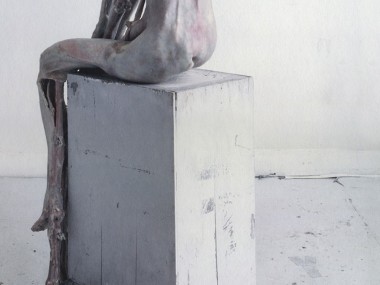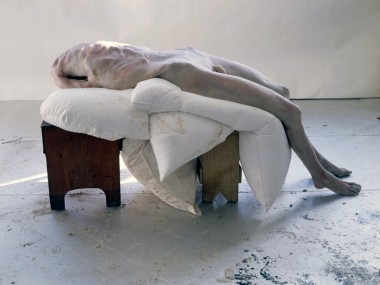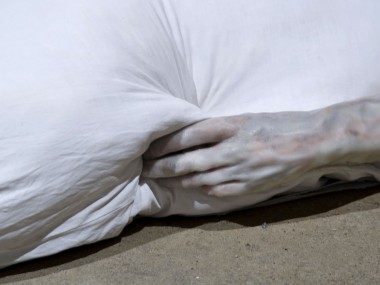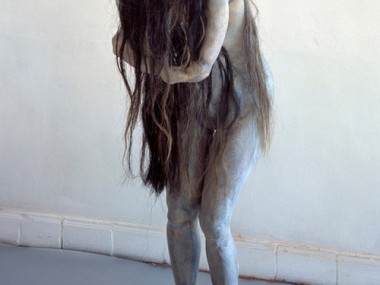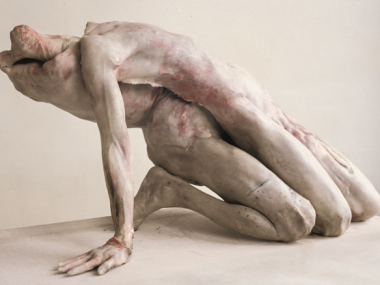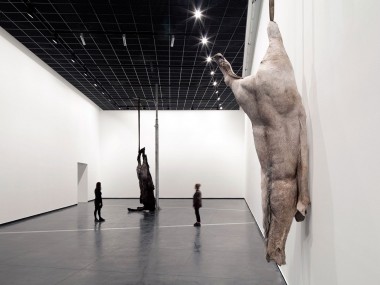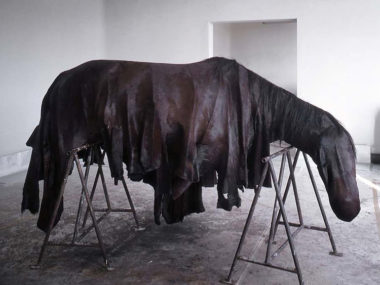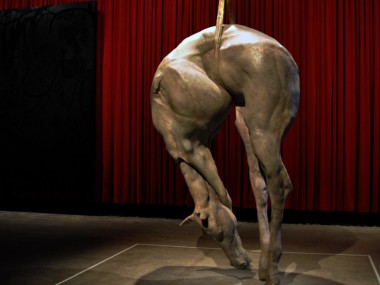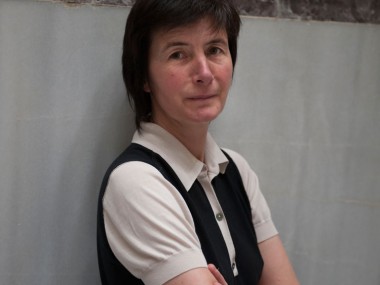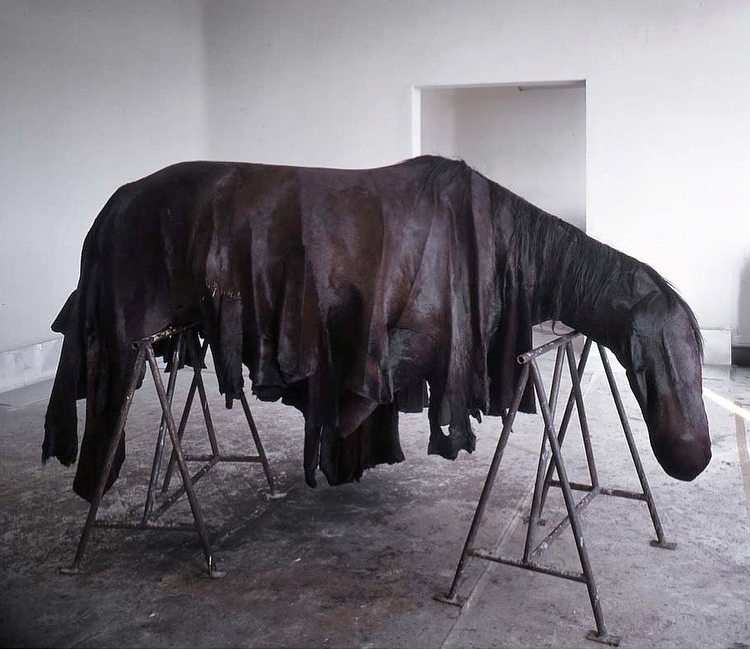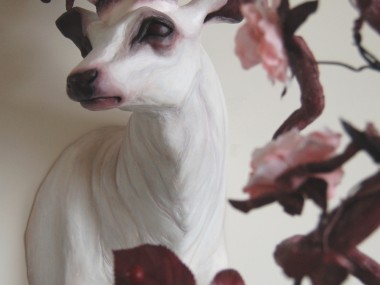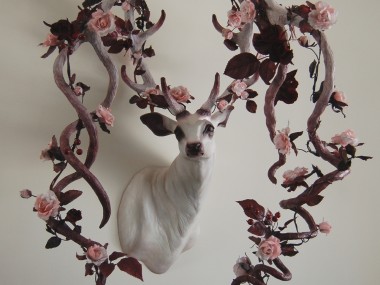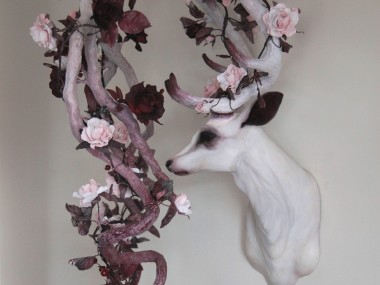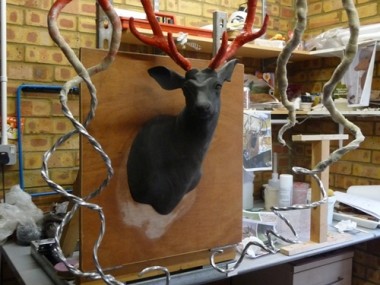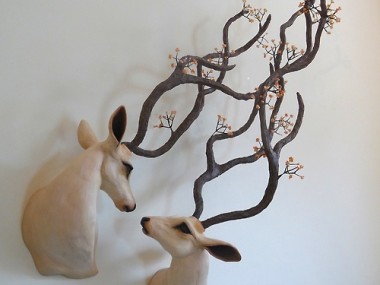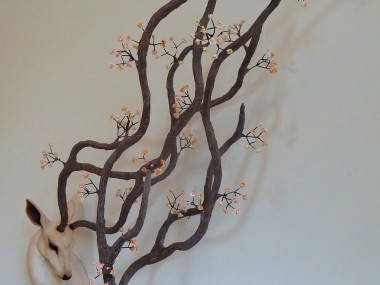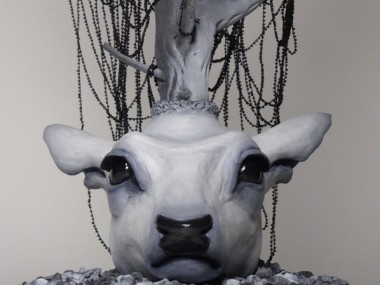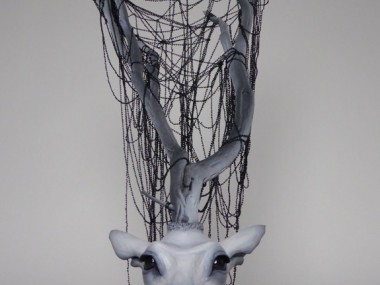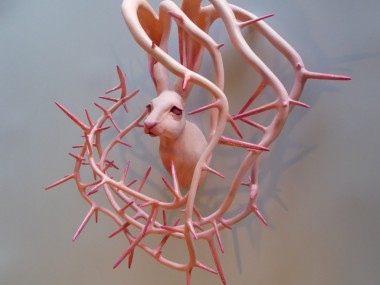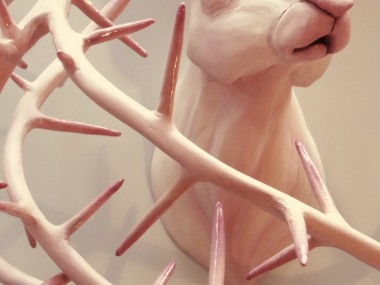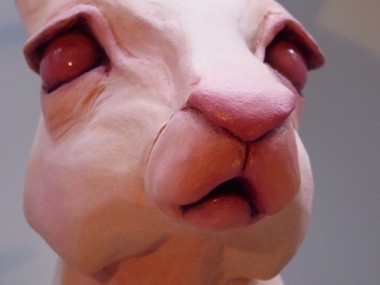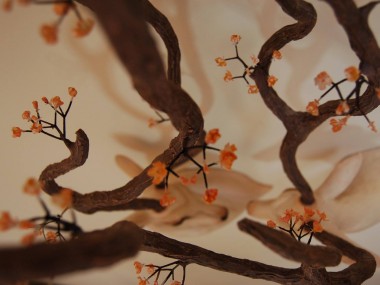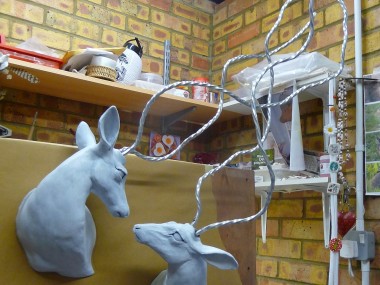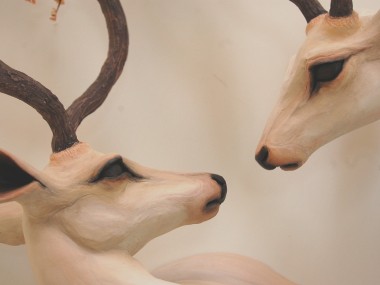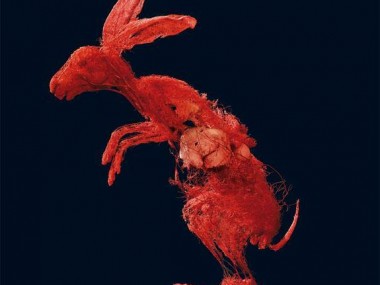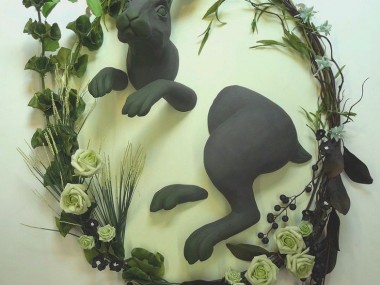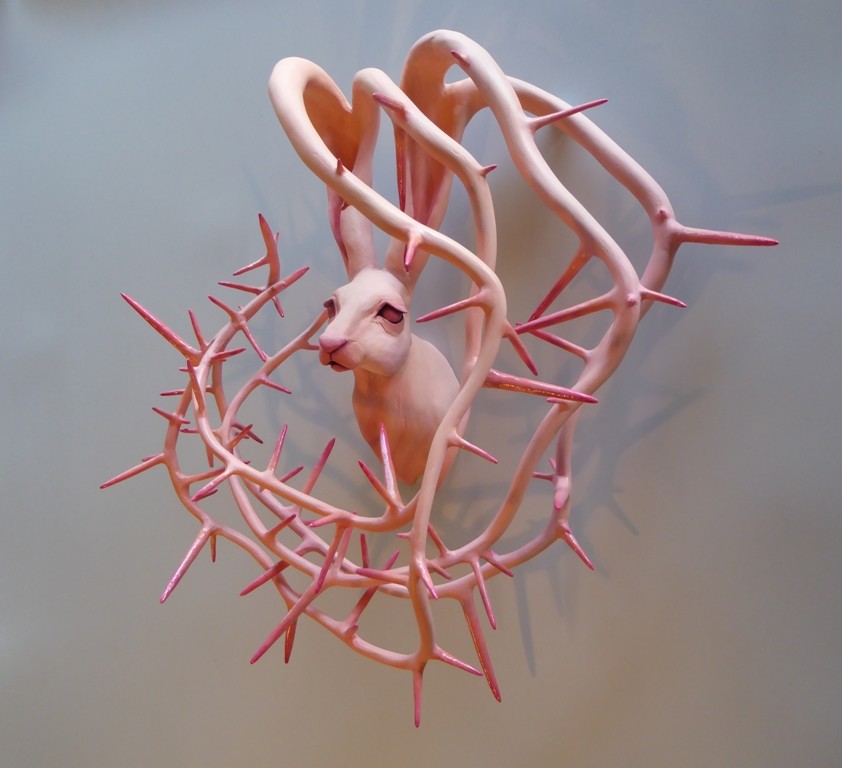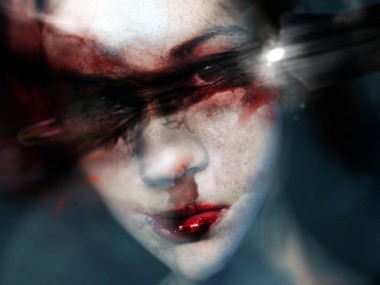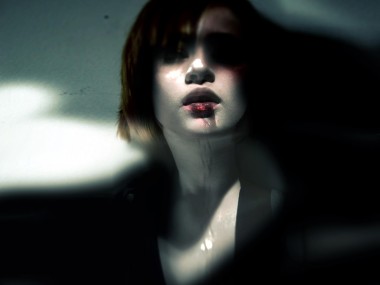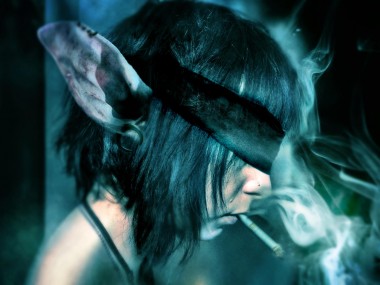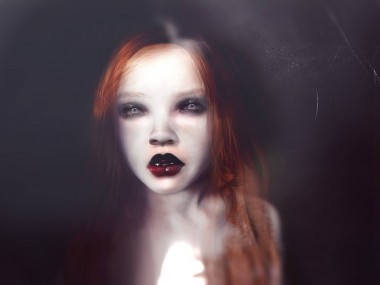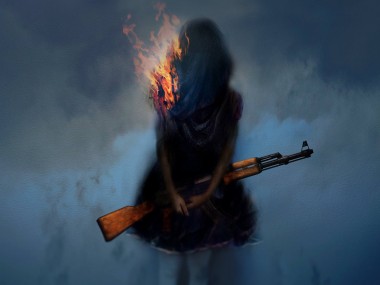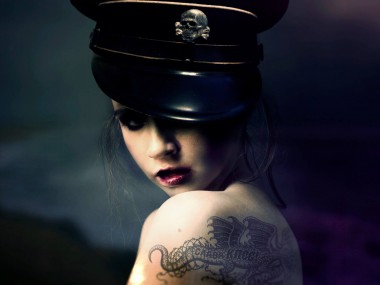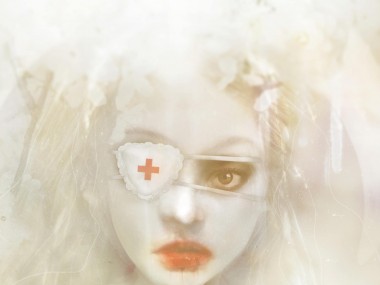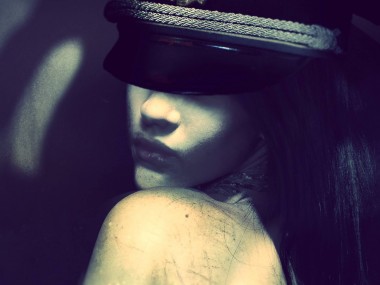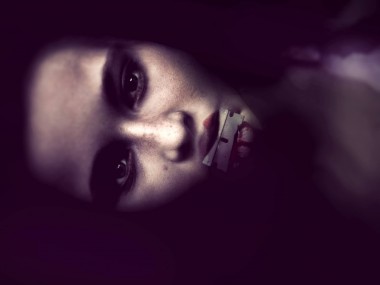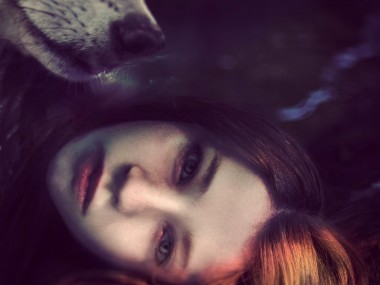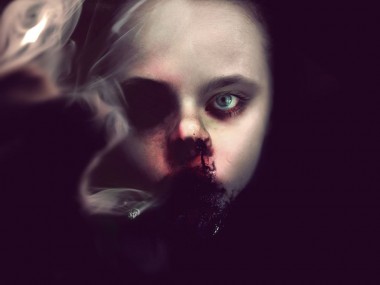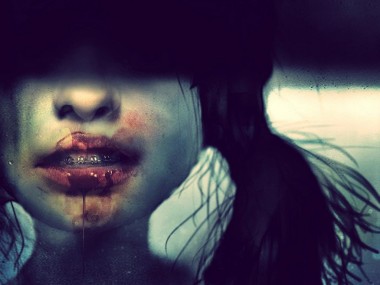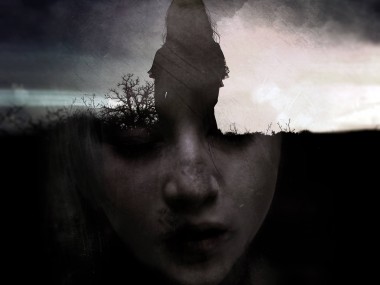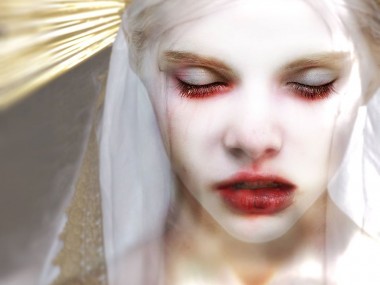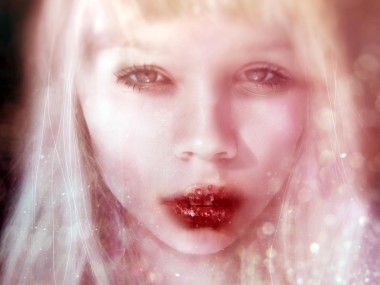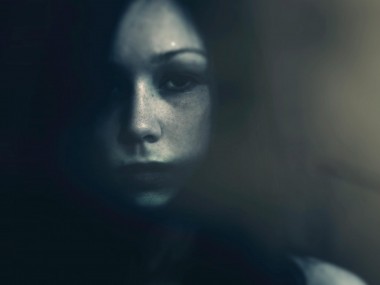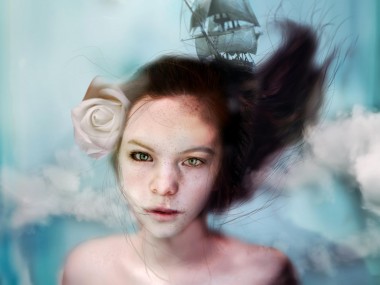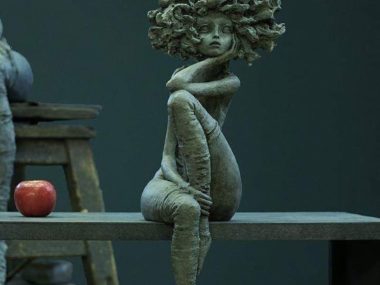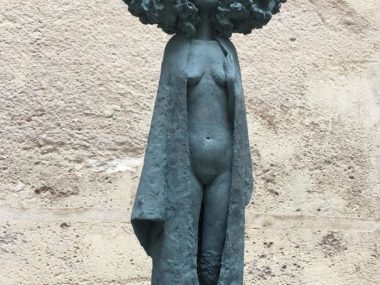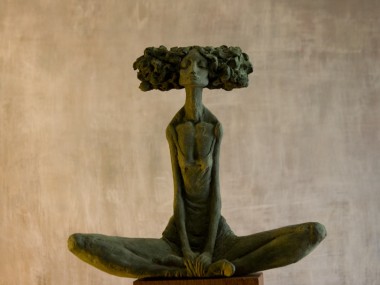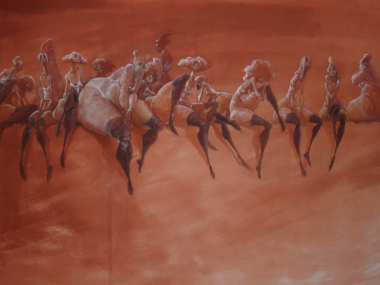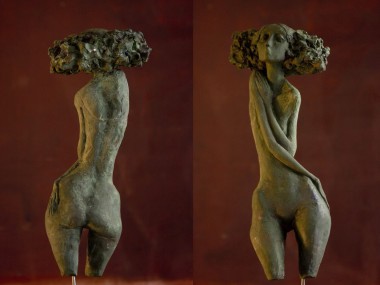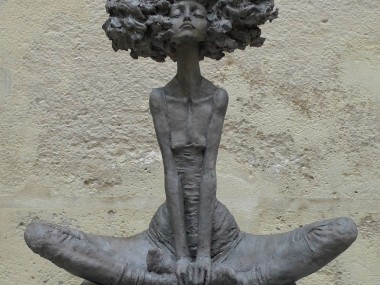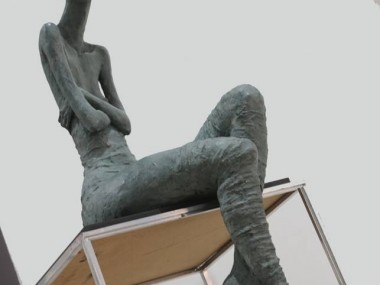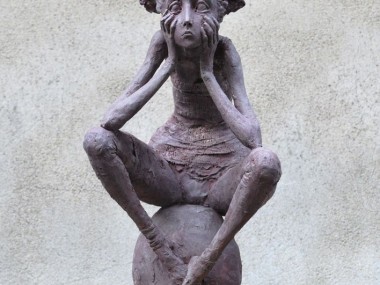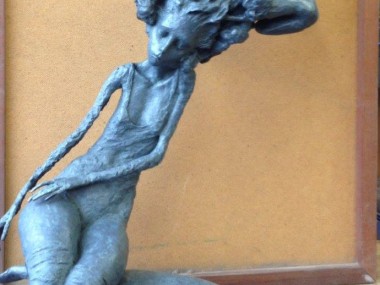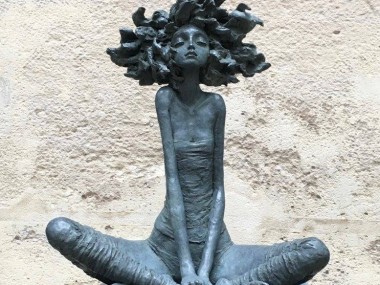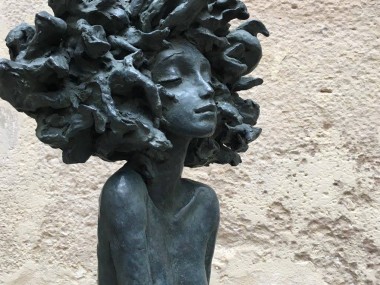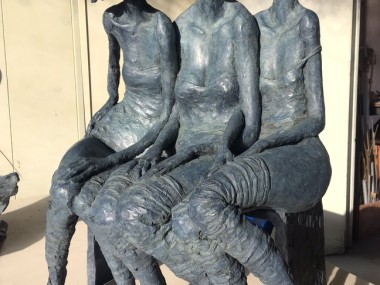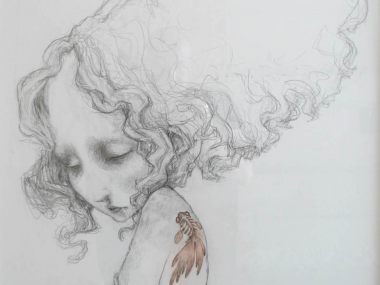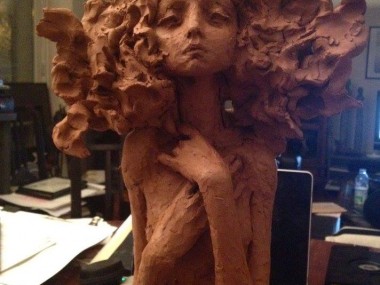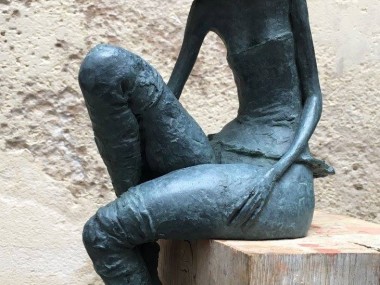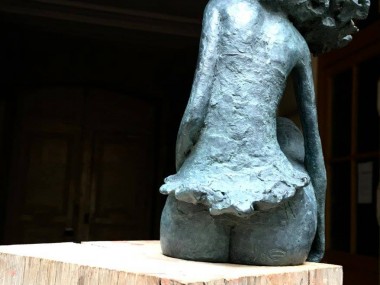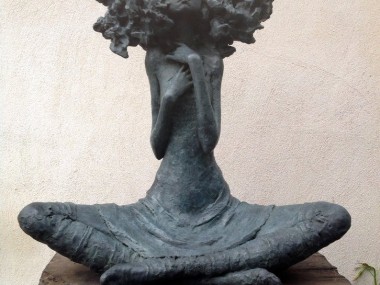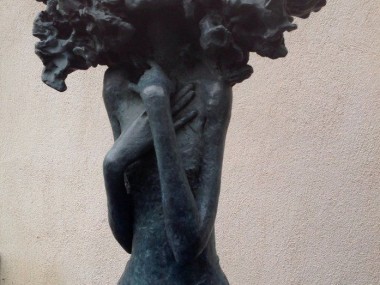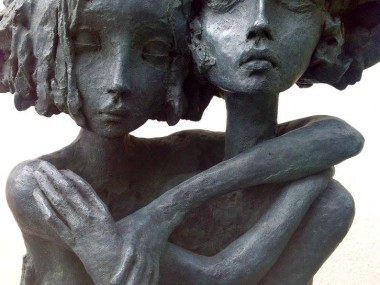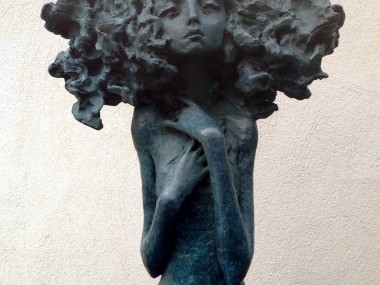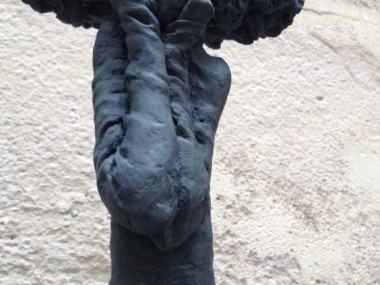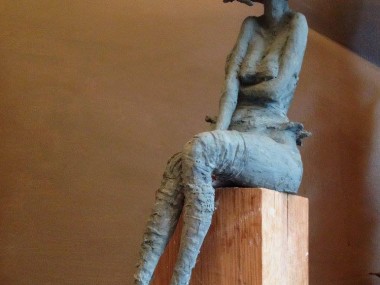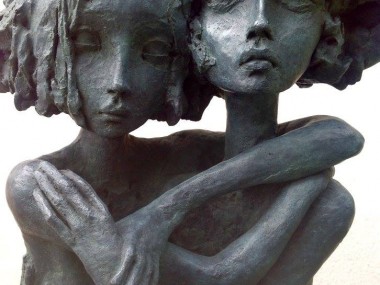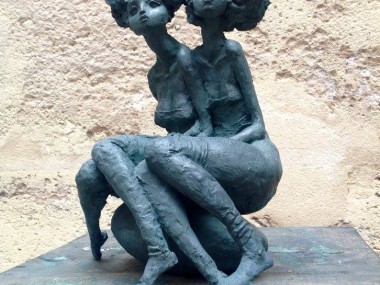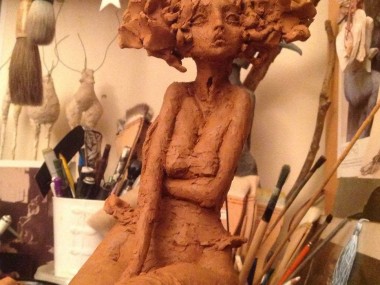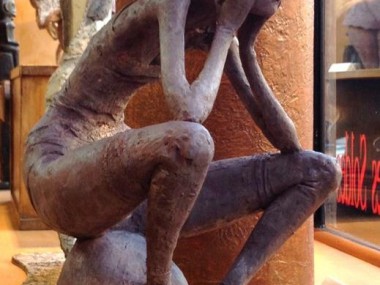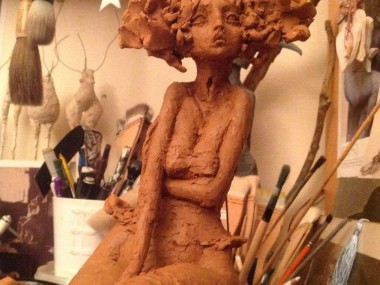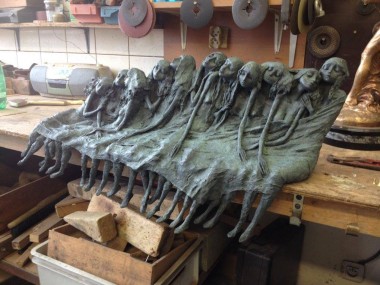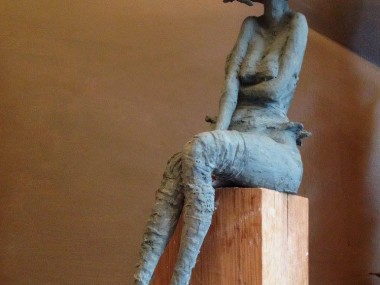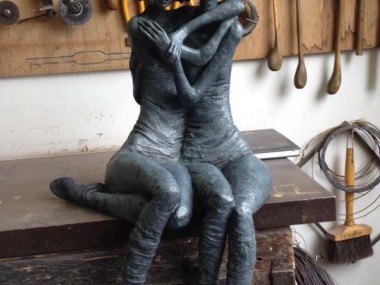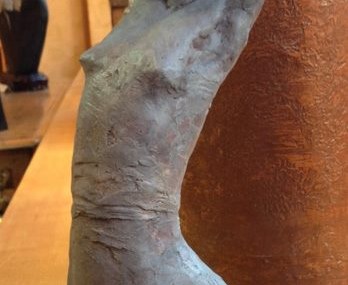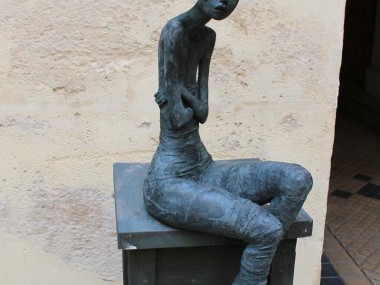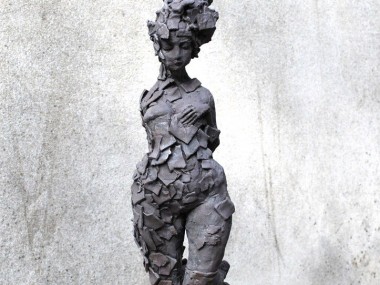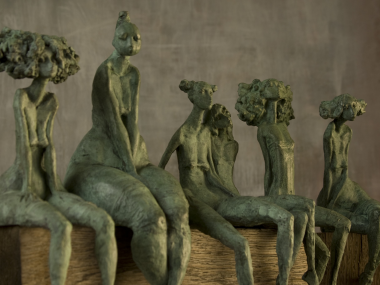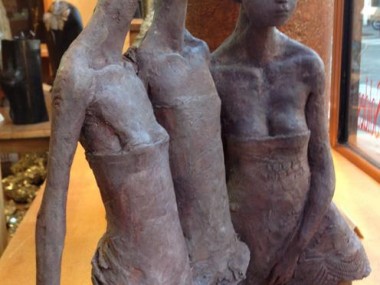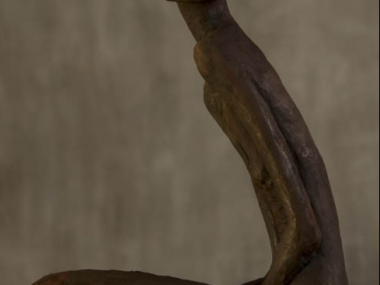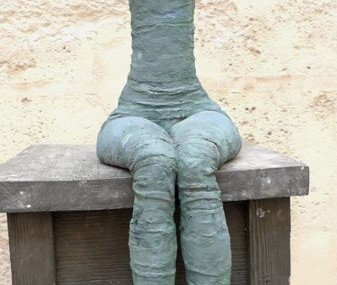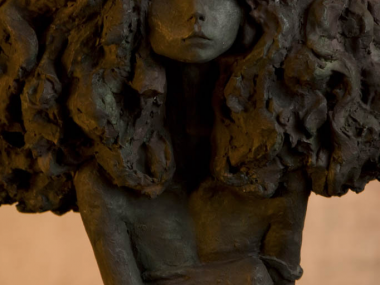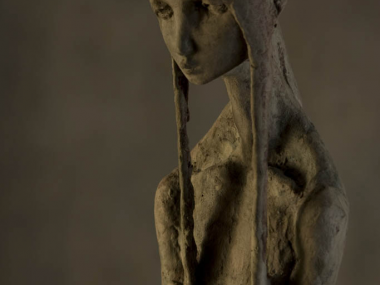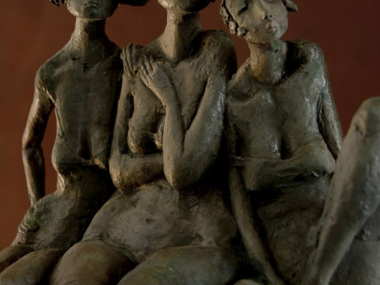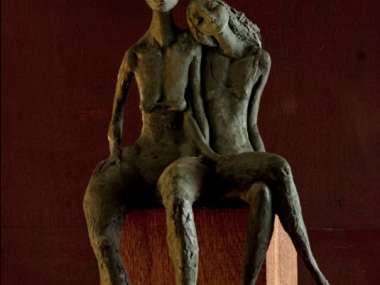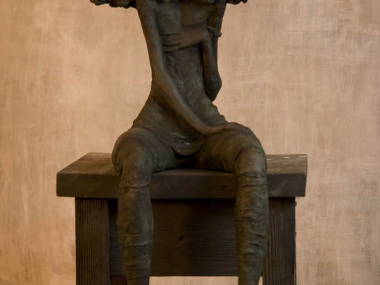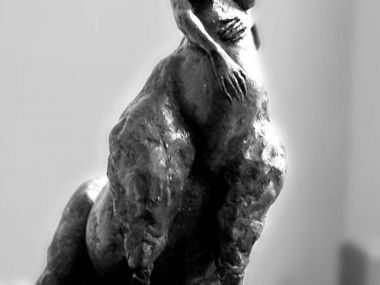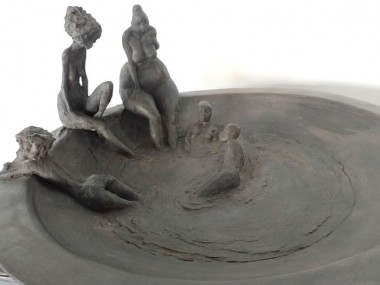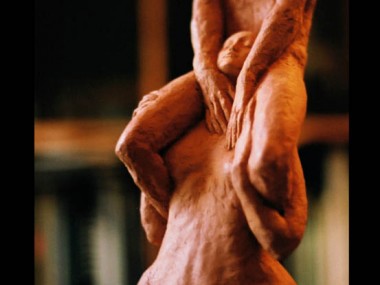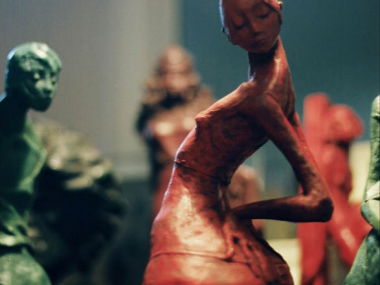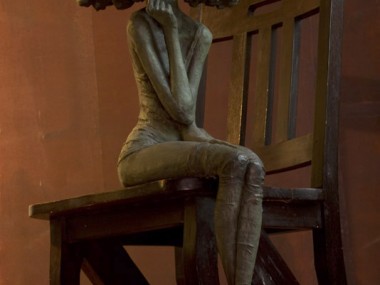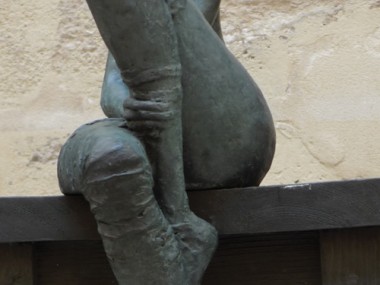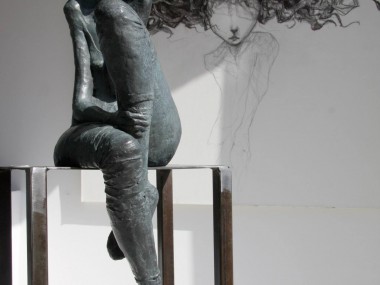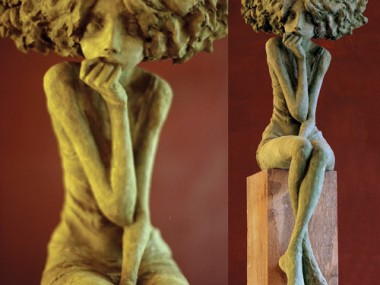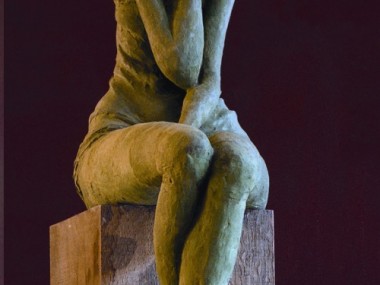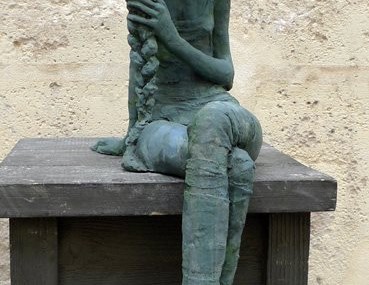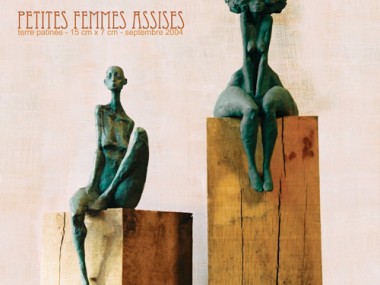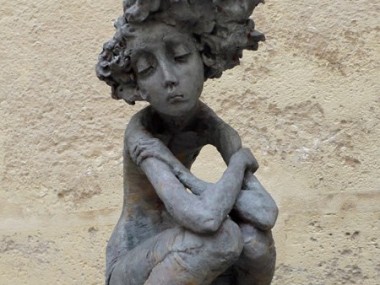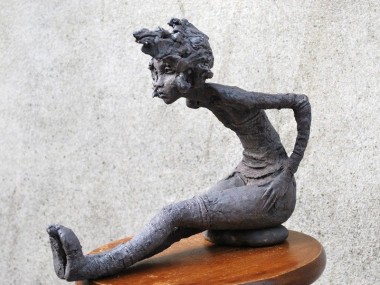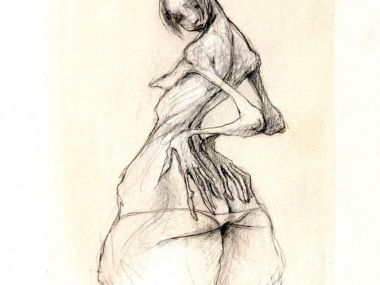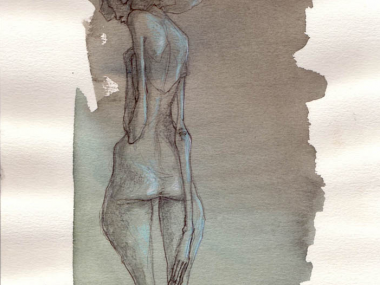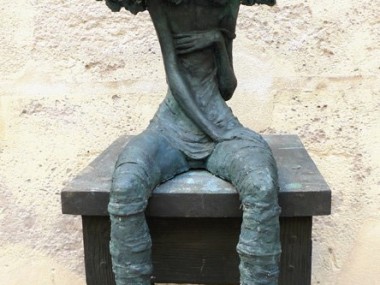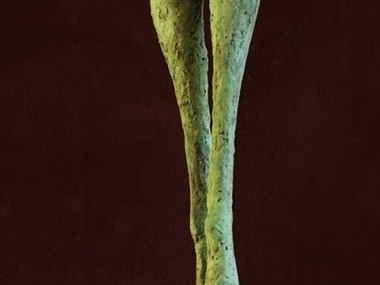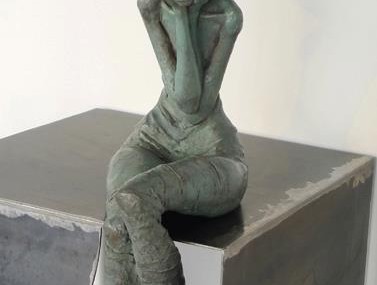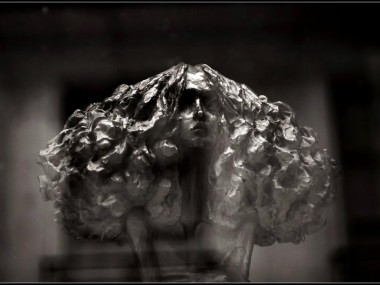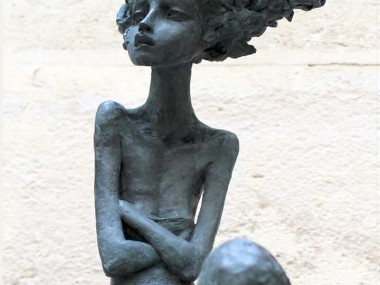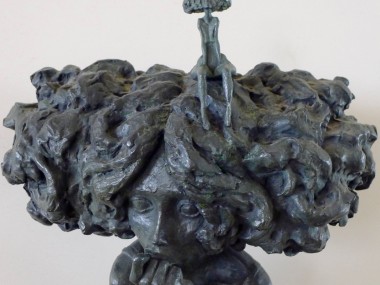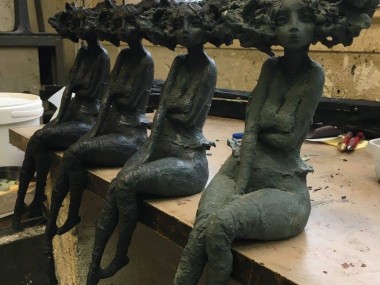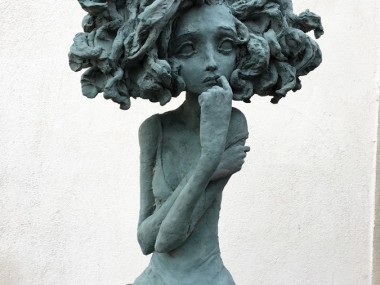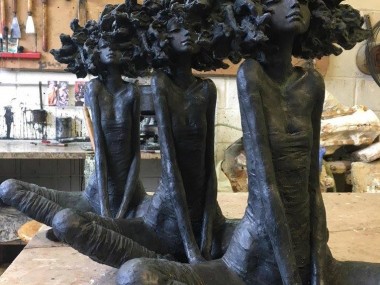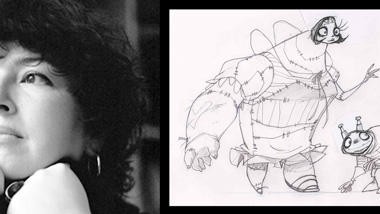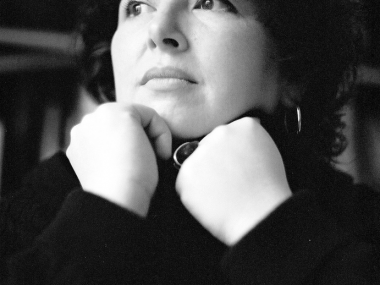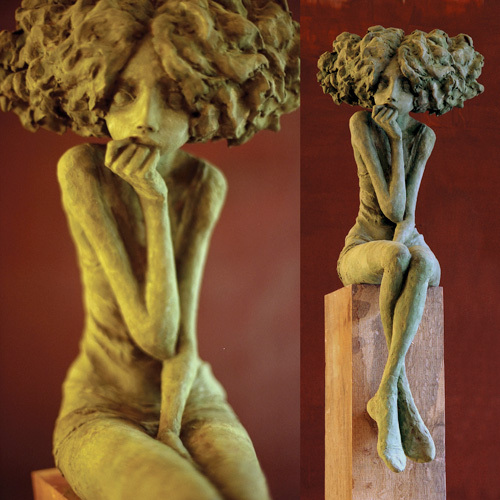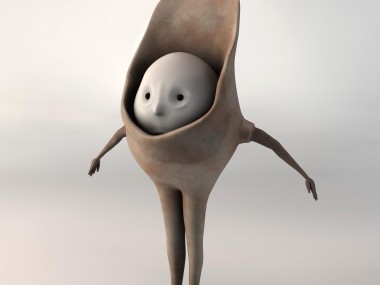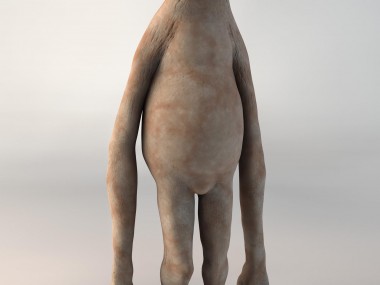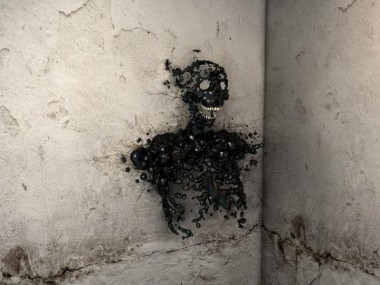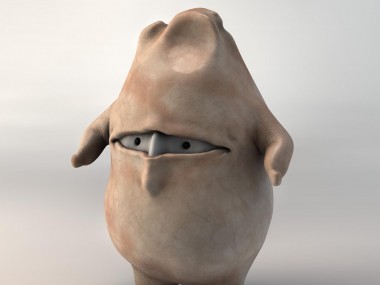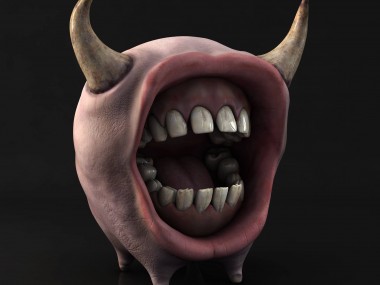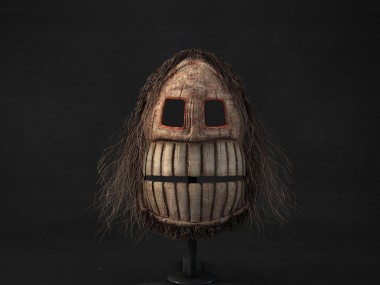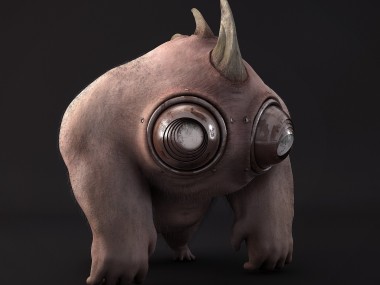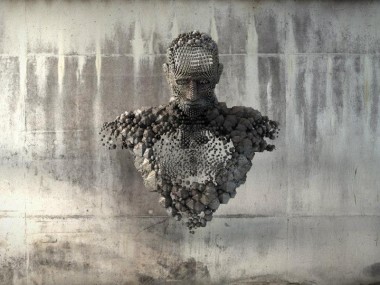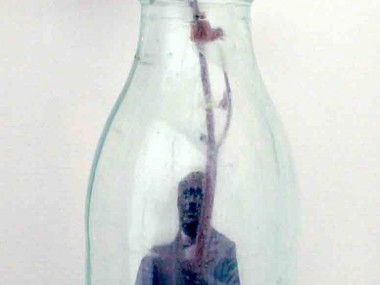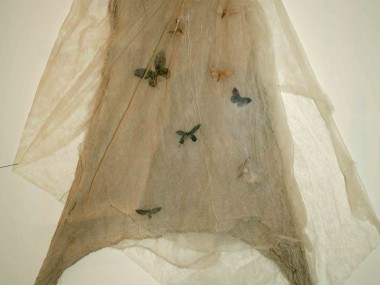Yuken Teruya – Toilet Paper cut, is an artist based in New York. Born in 1973, in Okinawa, Japan.
He works with various materials such as toilet paper rolls, paper shopping bags and butterfly chrysalises.
His ideas often reflect life and history of Okinawa, his homeland.
Tous les articles dans art
407 ArticlesYuken Teruya – Toilet Paper cut
Crystal Beads Taxidermy by Kohei Nawa
Crystal Beads Taxidermy by Kohei Nawa.
Japanese sculptor and assistant professor at Kyoto University of Art and Design, Kohei Nawa is known for his pixcell series, where countless transparent glass beads encase the artwork objects.
Strange.
« Most of the motifs, like stuffed animals are found through the internet. I search some auction sites and choose from the images which appear on a monitor as pixel. However, the stuffed animals which actually have been purchased and sent have real flesh feel and smell, and have a discrepancy with images on the monitor. I then transpose them to PixCell in turn. »
- Check his website: www.kohei-nawa.net/
Corps & Ame de Benjamin Carbonne
Corps & Ame de Benjamin Carbonne, Artiste peintre, performer
Parti de l’étude purement plastique de l’Homme, Benjamin Carbonne peint l’histoire de ses personnages. Chacune de ses peintures porte en elle un héritage quil s’attache à révéler dans les visages, les corps, la chair. Ne rendant compte avec précision que d’un détail -un bras, un buste, un regard- qui porterait en lui les traces de ce qui l’a construit.
Ses récentes recherches sur la relation entre peinture et photographie l’ont mené vers l’étude du mouvement et sa dissociation. Prendre le corps dans l’instant de sa course et, par une seule représentation, voir la progression dans son ensemble. Chaque position marque un état de transition. Déposé sur la surface de la toile, mobile, en marche, le corps s’élance librement sur l’axe du temps et de l’espace. Par sa démarche, Benjamin Carbonne nous montre ce présent que l’on ne peut pas voir, il choisit des gestes, des instantanés qui suggèrent le mouvement de toute une vie.
- Visit benjamincarbonne.net
- Follow on Facebook
Spine Corset
“Spine” Corset, Untitled, spring / summer 1998 by Alexander McQueen.
“I find beauty in the grotesque, like most artists. I have to force people to look at things.”
- See more at : blog.metmuseum
Cris Brodahl {White cloud}
Cris Brodahl {White cloud}
Crematorie / Gregoire Alexander
Crematorie / Gregoire Alexander
Wood Art sculptures by Aron Demetz
Wood Art sculptures by Aron Demetz. Italian artist, born 1972. Europe exhibition Rome, Vienna, Milan or London.
Aron Demetz est un artiste italien né en 1972. Il créé des sculptures (bois d’érable et silicone) dans des poses tantôt sombres, tantôt mélancoliques, jouant sur des figures adolescentes ou enfantines.
Elles sentent l’odeur de résine ou de vernis, tente de symboliser les énergies biologiques et cosmiques qui animent tout être humain. A découvrir ses dernieres sculptures carbonisées.
///
For years, Aron Demetz (1972) has been focusing on the human figure, on contemporary characters which appear to be frozen in poses of the antique portraiture or paralysed in bizarre postures. This realistic gallery, which very often displays children or adolescents, is highly distinguished because of its formal composure while, at the same time, an atmosphere of melancholic meditation enshrouds the sculptures and makes them somehow classic and somehow stringently modern.
In the last two years the artist has dedicated himself to a different projection of the human figure moving from the reflection and the research on emotions to a form of expression which wants to return to its origins, to the most profound human roots. Next to wood (which, however, always remains the soul of all the works) Demetz started to experiment with different materials such as silver and aluminium foils which bestow an aura of original uniqueness on the works, a condition of ethereal pureness. To the spectator, they suggest a metamorphosis, the feeling of observing a being which is changing, which is ready to start a new life, to exploit new possibilities. Through associations, images and symbols these sculptures speak to collective conscience. Fully aware of their own physicality and their physical and spiritual changes, the sculptures most often evoke the constant and meticulous research of the human “position”. A position which, on the one hand, has to be understood in a symbolic way (‘man’ understood as a symbol of power and at the same time of humility), but on the other, it has to be seen in a real, physical way – a position in a space with whom mankind has to interact daily.
Recently, Aron Demetz presents a series of works which centres around the topic of cujidures – “seams”. In order to approach this new challenge, the artist chose resin as material to create his figures. The needed resin was collected with great patience from the wounds of the trees in the forests in Val Gardena. This instable material which is in constant change has intrinsic characteristics which are highly evocative. It has a strong scent, it can crystallise, melt, change colour (from an intense yellow to red or black), it can be very sticky or even conserve organic traces and small animals inside itself.
By putting resin on his faces and busts, Demetz lays a new skin which saturates, welds or stitches their wounds (which have to be understood as wounds of the soul, as thoughts and important feelings). It is a living skin which not only covers, but even enters the works of art. Once again these sculptures display a range of different, even opposite meanings. Next to stirring life, hope and renewal the sculptures also express something archaic and primitive, a being which visibly evokes a mummified figure and which immediately makes the spectator think of rot and death. Therefore, these works trigger off a reflection on the body as a biological and vital structure with its moods, its smells, its heat and its limits. The works spread a twine of visceral energies which enshrouds everyone who enters the meanders of this primitive cosmos.
- Website : www.arondemetz.it
Expo : Mexico, DF. http://terrenobaldio.com
lead me from Meradi Omar on Vimeo.
Genie poétique et motion video de Meradi Omar
Magic ! Genie poétique et motion video de Meradi Omar.
Little monsters hanging around.
- Follow on Vimeo.
Sculptures hyper-realiste macabre
Sculptures hyper-realiste macabre de Berlinde De Bruyckere – très éprouvantes.. (née en 1964)
La sculptrice flamande crée des sculptures et des dessins de corps humains souffrants qui ressemblent à s’y méprendre à la réalité. Elle mêle dans ses sculptures des motifs religieux, des images médiatiques et inscrit le motif chrétien de l’être humain souffrant dans l’époque contemporaine. La confrontation avec le corps à laquelle se livre l’artiste conduit à des questionnements sur l’éthique de notre société et sont le lieu d’interrogations fondamentales sur la nature de l’être humain.
Beautiful Floral animal sculptures by Natasha Cousens
Beautiful Floral animal sculptures by Natasha Cousens, Artist & Sculptor. Live in UK, moving soon to New Zealand.
Also, visit in the same way sculptures of BETH CAVENER STICHTER
or ERIKA SANADA
Les “petites bonnes femmes” de Valérie HADIDA, sculpteure et peintre
The little girls / Les “petites bonnes femmes” de Valérie HADIDA, sculpteure et peintre. (France)
Diplôme de l’Ecole d’arts plastiques et publicité de la ville de Paris (EMSAT). Travail dans l’atelier de Marielle POLSKA pendant 6 ans. Prix Fondation Paul RICARD en 1991. Expose en galeries depuis 1990.
Ses “petites bonnes femmes” ou lolita: “Elle aime les surnommer ainsi … Sans doute avec un brin de provocation, mais très certainement avec beaucoup de tendresse. Ces figures féminines multiples sont un regard hors temps, hors contraintes, hors normes. De l’adolescente à peine sortie de l’enfance, à la femme mature, elles sont toutes là pour nous rappeler le cheminement de la femme, des femmes. Fières ou faibles, en action ou dans l’attente, fragiles ou fortes, poussées par le vent de la vie ou s’arc-boutant contre ses vicissitudes, aucune ne laisse indifférent… Les “Petites bonnes femmes” de Valérie sont un émouvant voyage à travers l’âme humaine.”
Isabelle RAKOTOVAO (Historienne d’art).
En dehors de la sculpture, Valérie Hadida a aussi animé, pour la télé, les héros de L’Histoire sans fin ou ceux de Bob Morane.
C’est avec l’anti-Shrek, « Chasseurs de Dragons » qu’elle fait ses premiers pas au cinéma. Des dragons qui l’ont menée tout droit à Malaria, le royaume d’Igor.
///
The little girls / Lolita’s of Valerie Hadida [France]
School of Visual Arts and advertising of the city of Paris (EMSAT). Work in the workshop of Marielle POLSKA for 6 years. Paul Ricard Foundation Prize in 1991. Exhibited in galleries since 1990.
Her » little girls » or lolita’s: » as she names her … Probably with a bit of provocation, but certainly with great tenderness . These multiple female figures are a timeless look , without constraints, outsized . The teenager barely out of childhood, mature woman , they are all there to remind us of the progress of women, women. Proud or low, action or pending , fragile or strong, driven by the wind of life or buttress against its vicissitudes, none leave indifferent … The « little girls » Valerie sculptures is an emotional trip through human soul. «
Isabelle RAKOTOVAO (Art historian) .
Apart sculpture, Valérie Hadida also led to the TV , the heroes of The Neverending Story or those of Bob Morane.
and the anti- Shrek, » Dragon Hunters » she took her first steps in cinema . Dragons who led straight to Malaria , the Kingdom of Igor .
- galrystore.com
- Follow on Flickr
Mixed Media Art of Louise Richardson
Discover the poetic creations of Louise, magical and unreal dresses, romantic objects.
Mixed Media Art of Louise Richardson…
- Follow /sur Flickr
- & son blogspot

